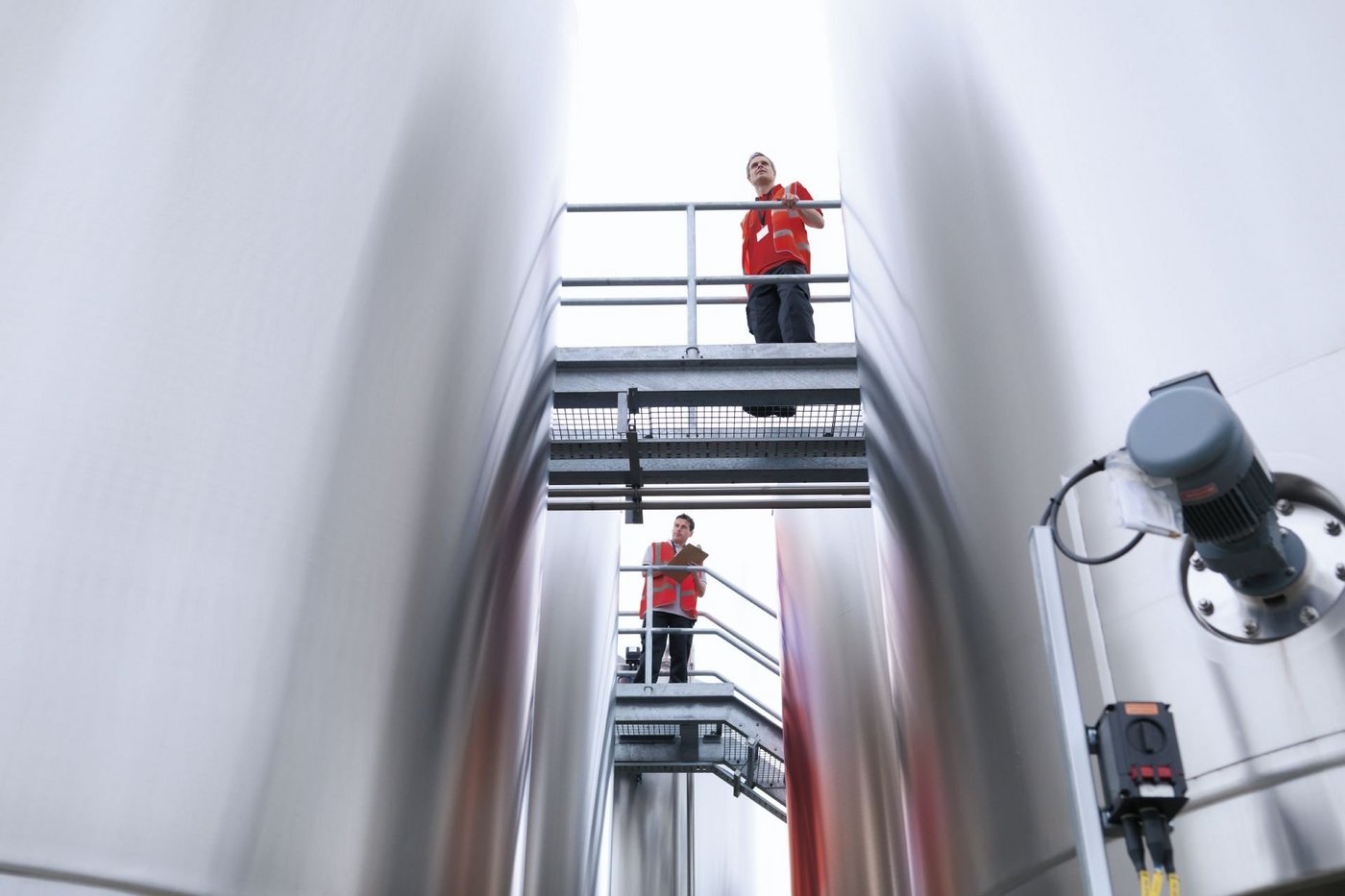Rotary lobe pumps in the chemical industry
Processing highly viscous, agressive and abrasive media
Market requirements
Processing highly viscous, aggressive and abrasive media
Vogelsang solution
Rotary lobe pumps of the VX series and IQ series
For a trouble-free, maintenance-friendly and cost-effective pumping process in demanding industries such as the chemical industry, performance is as important as flexibility. Mortars, paints, adhesives, soaps, lyes or acids all have their special features and are subject to very strict safety requirements. Non-contact rotating positive displacement pumps as employed by Vogelsang are specifically preferred for the pumping of highly viscous, aggressive and abrasive media, as they can move a variety of fluids safely, quickly, without pulsation.
Vogelsang pump technology has proved itself in this area due to the particularly compact design of its industry pumps and their simple maintenance requirements. The space-saving design allows for installation in a confined space, enabling use in different procedures including with different dosages. For this reason, Vogelsang provides different pump types made of different materials. Also pump chambers and lobes of different shapes are designed for a specific application. No matter whether steel, stainless steel or nickel alloy, our closed-chamber pumping system with its exceptional suction and dry running performance, ensures maximum efficiency.

Media processed in the chemical industry


